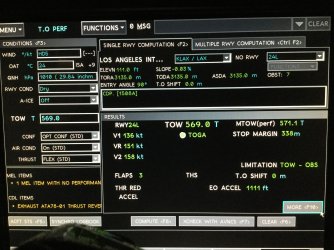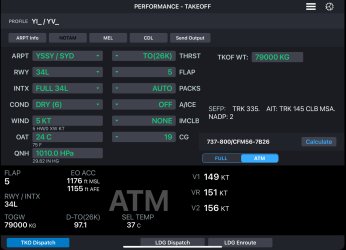AviatorInsight
Established Member
- Joined
- Oct 5, 2016
- Posts
- 1,345
Unfortunately no. I’m on days off before my first HND trip on Friday. Yes I finally opted in given that they are now ending, figured I might as well do a longhaul flight again for old time’s sake.@AviatorInsight any trips to Hobart today or planned for tomorrow? The winds around the Airport have been and will be really strong and gusty. Some flights cancelled this morning and inbound returned to originating port Not saying it’s going to be a problem, should be a lot of fun.


















